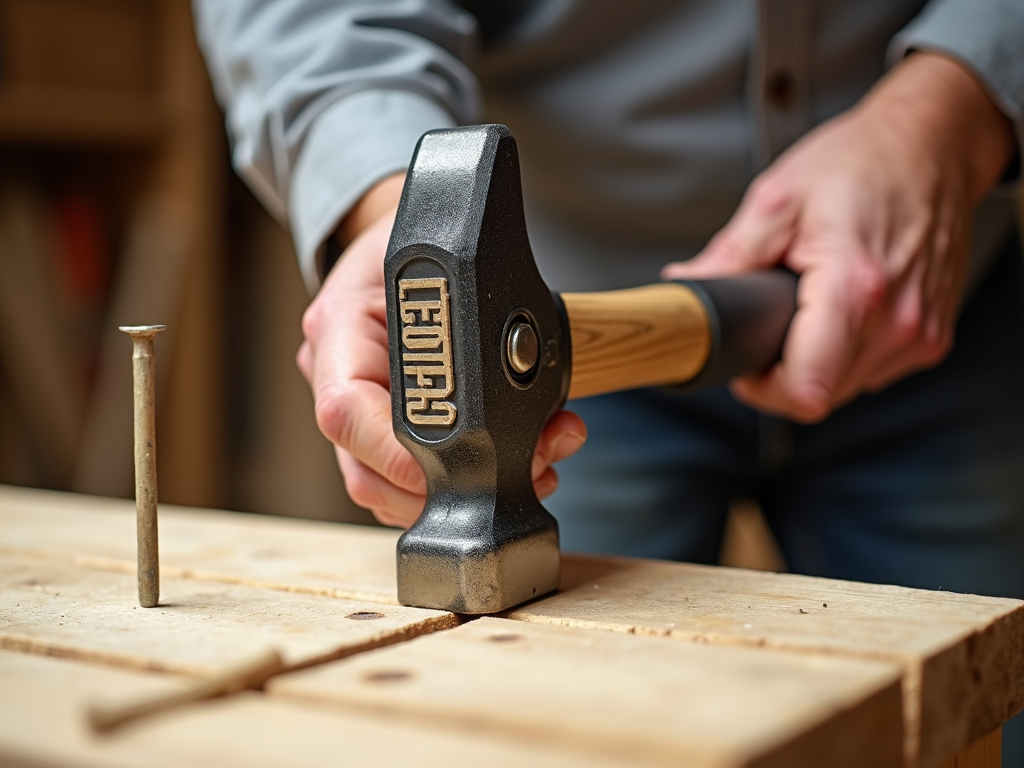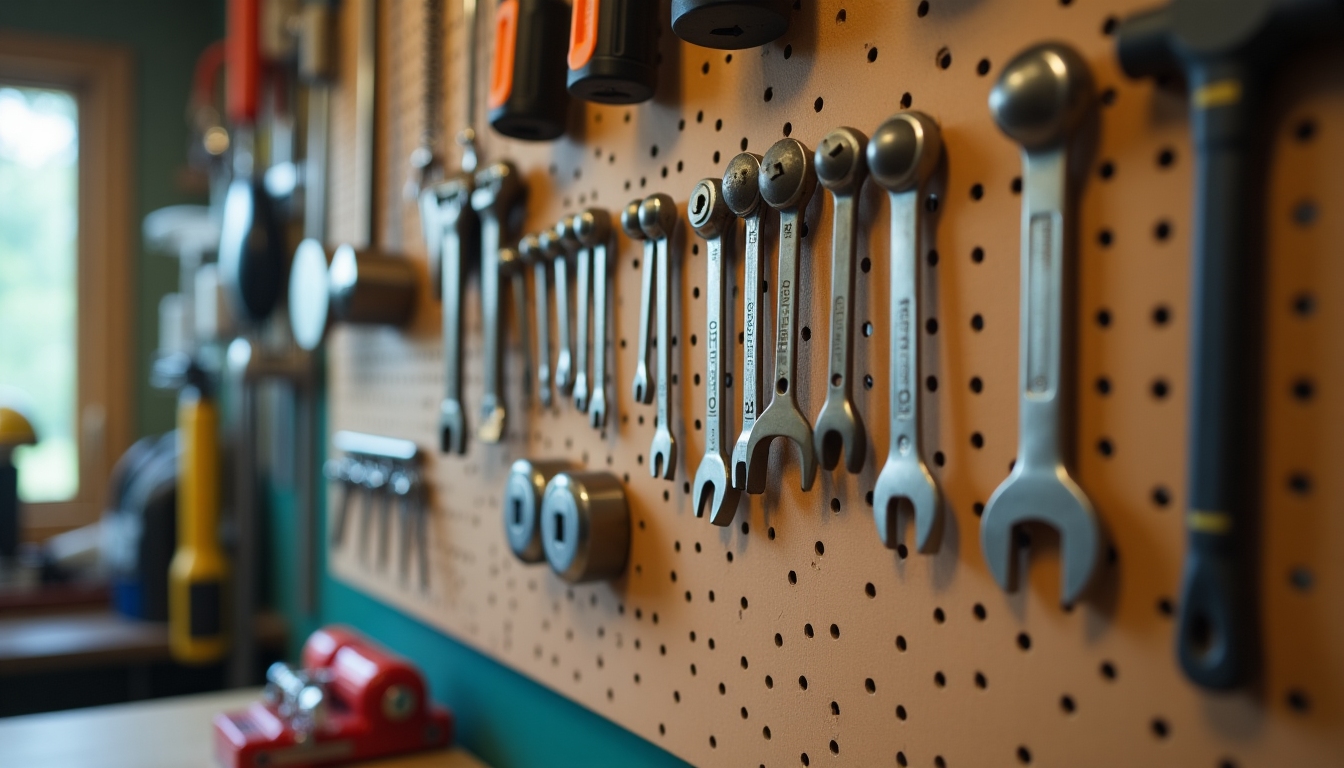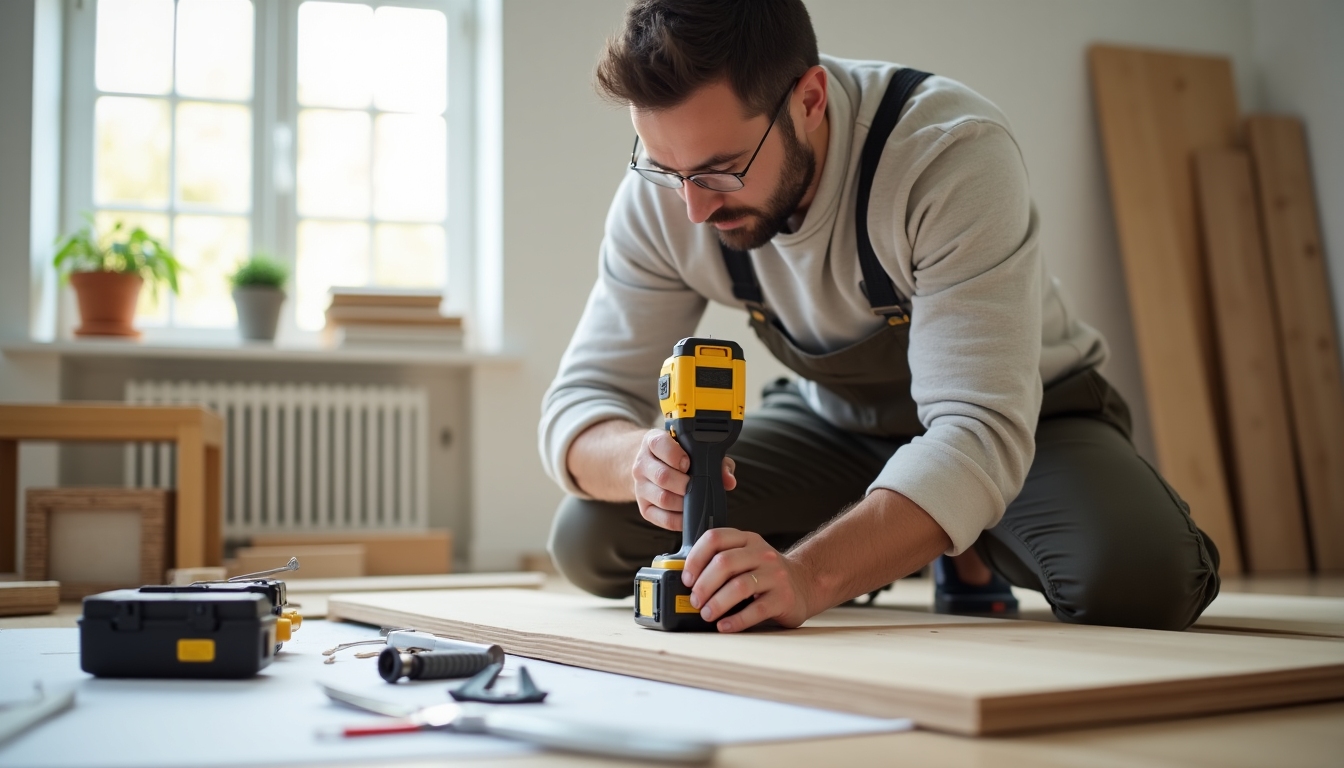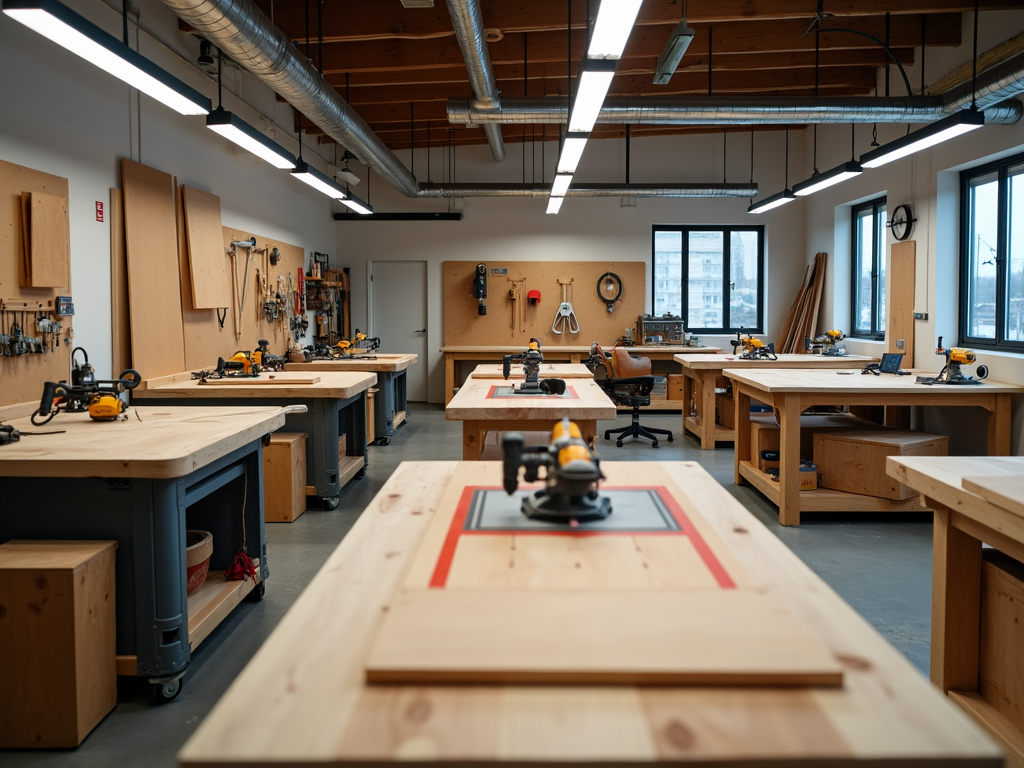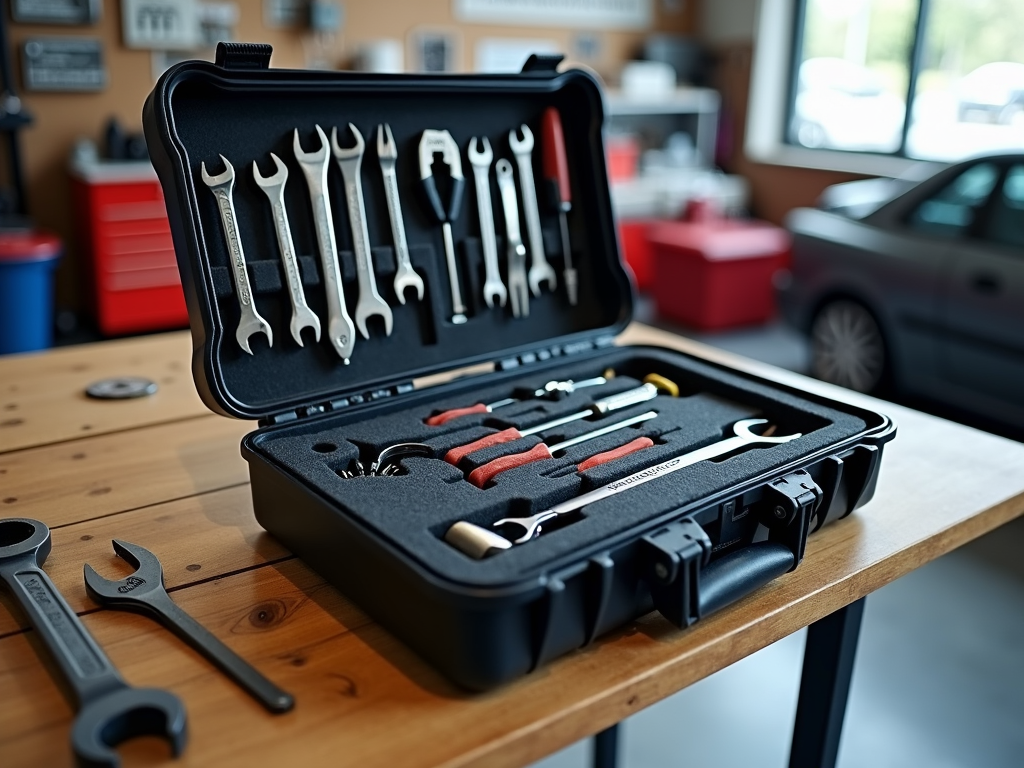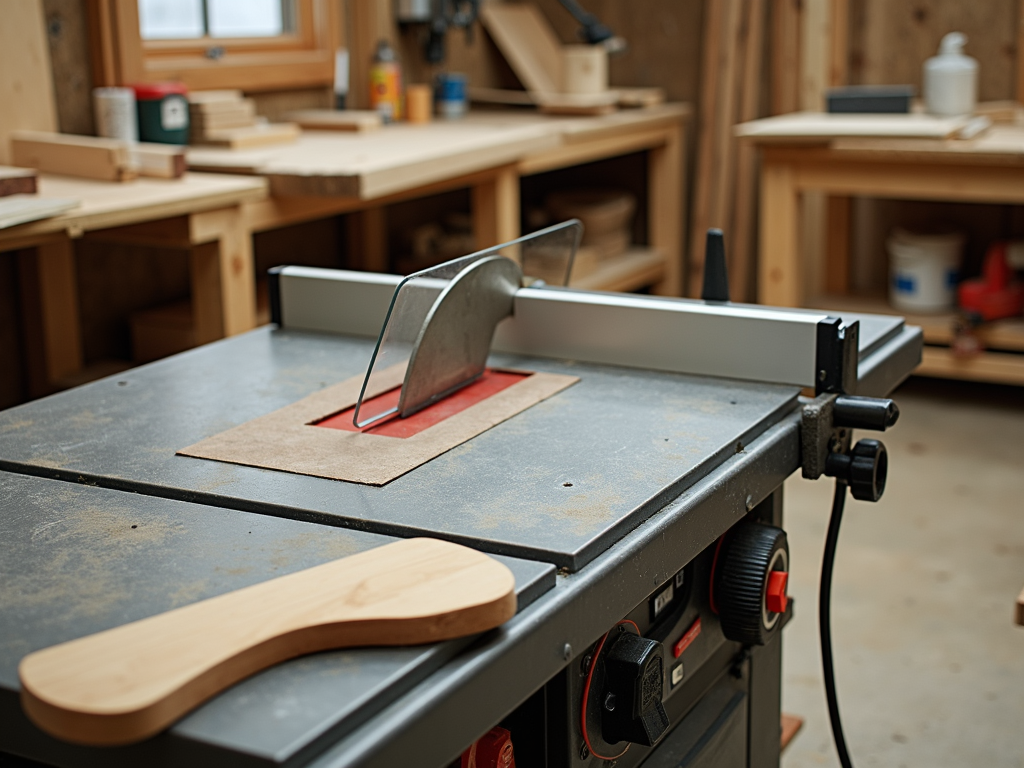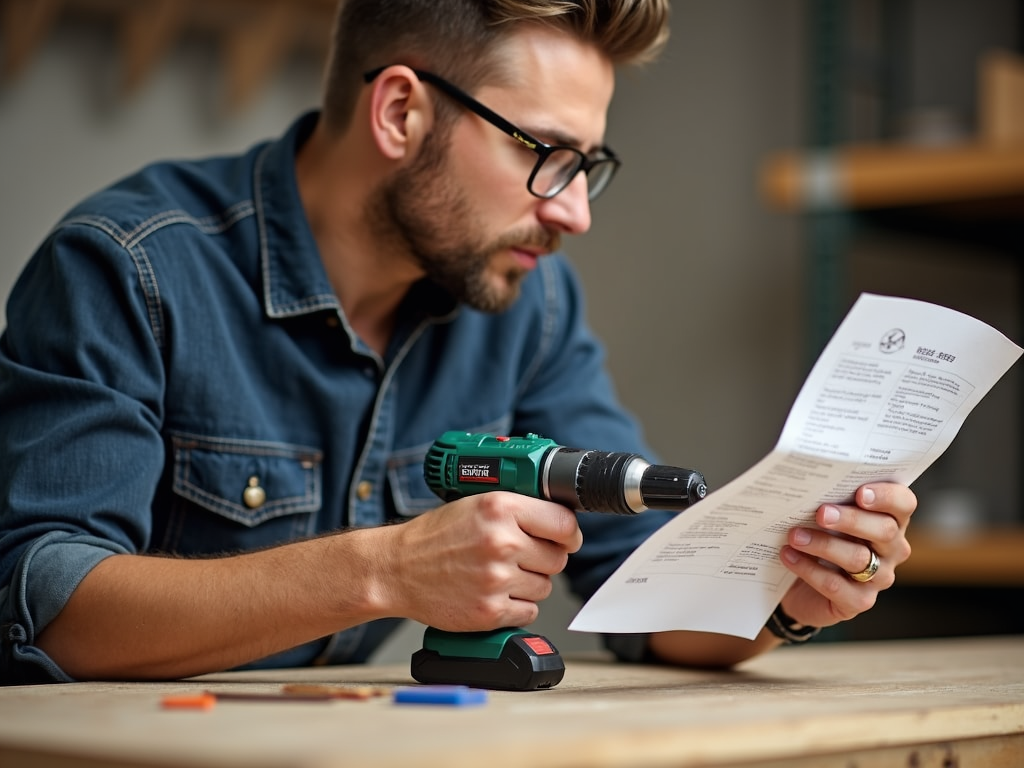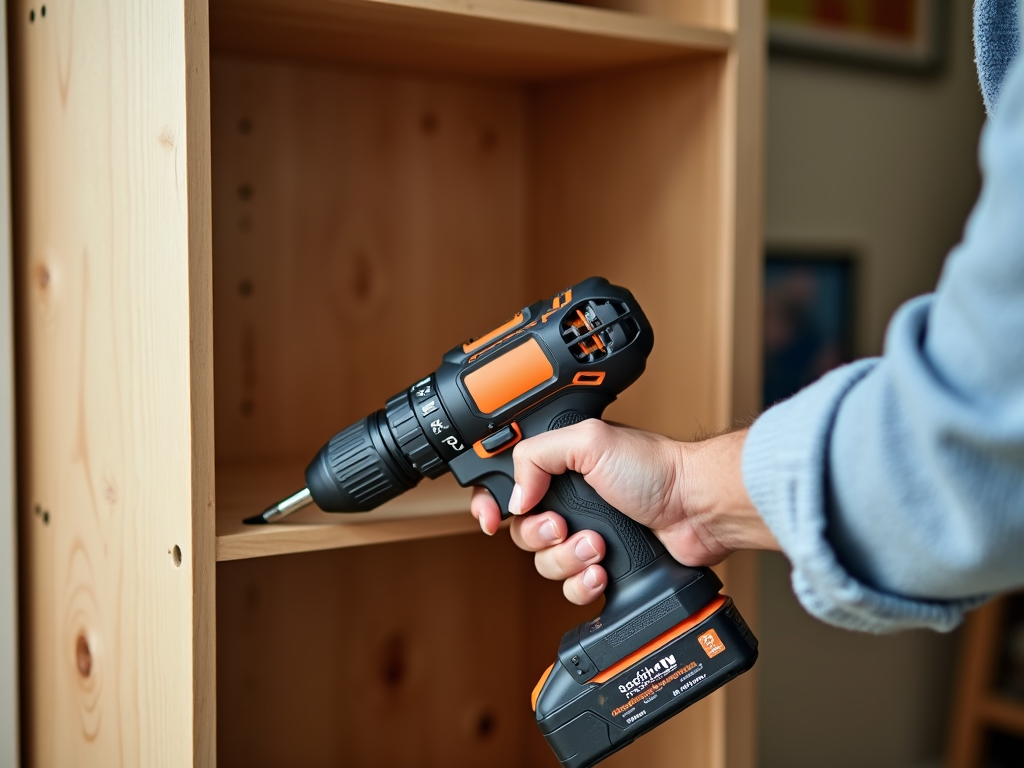Choosing the right power tools can make or break your project. This guide will help you navigate the world of power tools, from understanding your needs to selecting the best tools for the job.
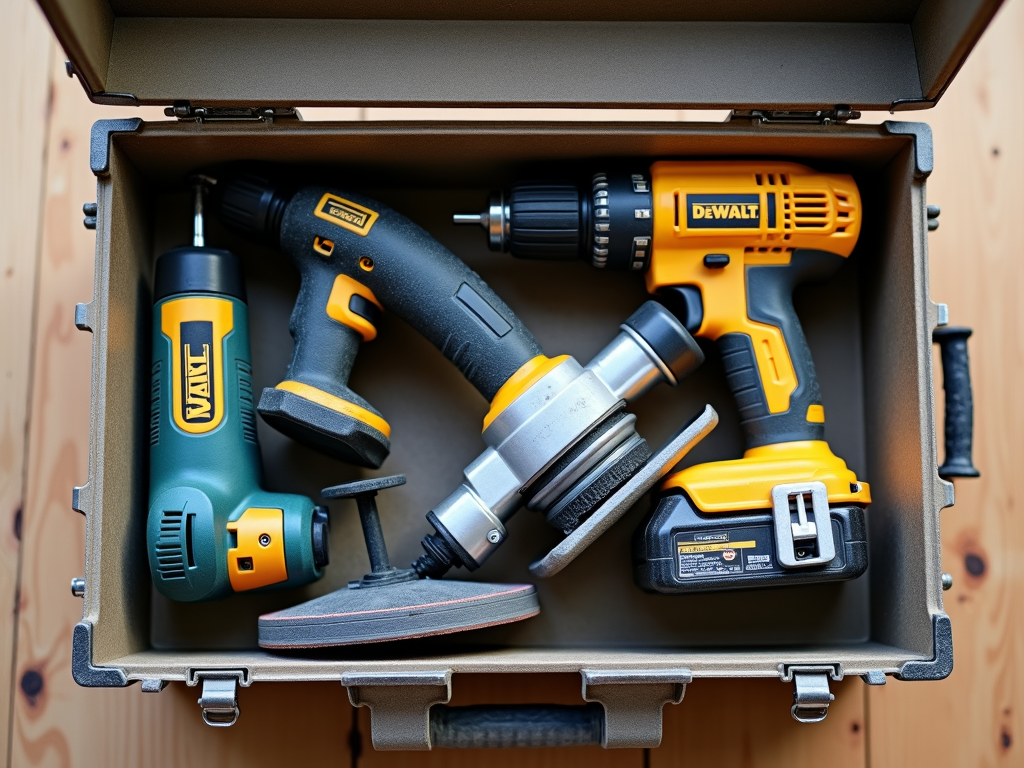
Introduction
Power tools are a game-changer for any DIY enthusiast or professional. They can save time, effort, and even money in the long run. But with so many options available, how do you choose the best ones for your needs? ...
Factors to Consider
When choosing power tools, there are several factors to keep in mind:
- Purpose: What will you be using the tool for? Different projects require different tools.
- Quality: Investing in high-quality tools can save you money in the long run.
- Brand: Some brands are known for their reliability and durability.
- Price: While it's tempting to go for the cheapest option, it may not always be the best choice.
- Power Source: Corded or cordless? Each has its pros and cons.
- Ergonomics: Comfort and ease of use are crucial, especially for extended use.
- Safety Features: Look for tools with built-in safety features to prevent accidents.
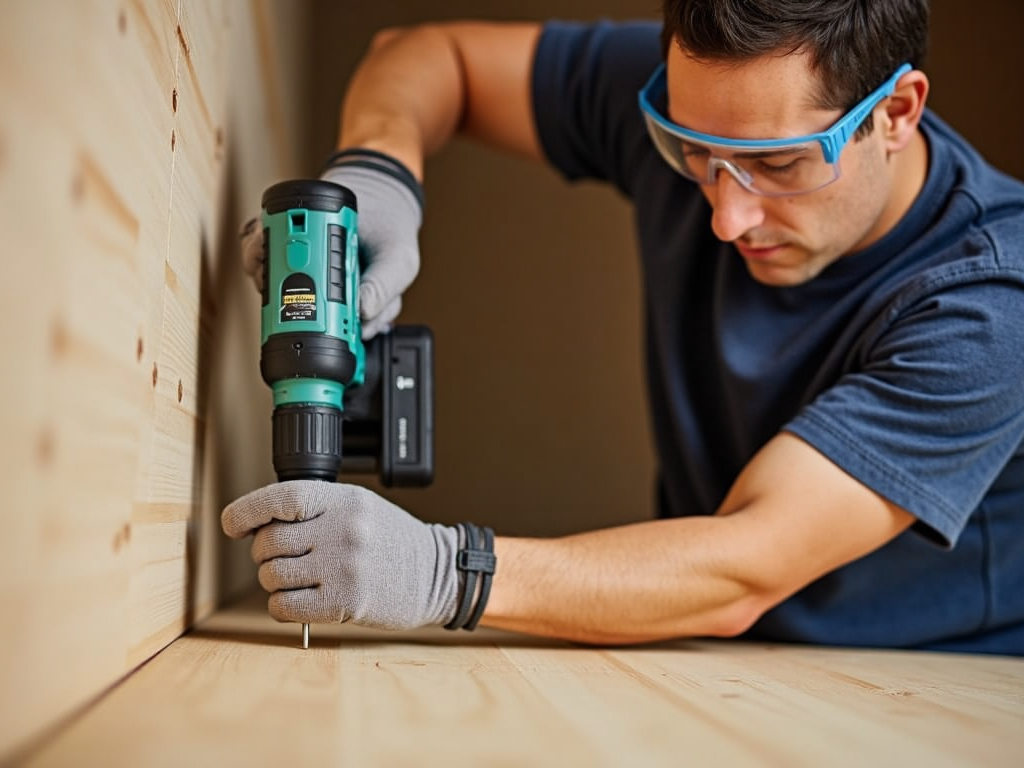
Types of Power Tools
There are several types of power tools that every toolbox should have:
- Drills: For drilling holes and driving screws.
- Saws: For cutting wood, metal, or other materials.
- Sanders: For smoothing surfaces.
- Grinders: For sharpening, polishing, or cutting.
- Nail Guns: For fastening nails quickly and efficiently.
- Routers: For shaping wood or other materials.
- Impact Drivers: For driving screws and bolts with high torque.
Safety Considerations
Safety should always be a top priority when using power tools. Here are some tips:
- Read the Manual: Understand how to use the tool properly.
- Wear Protective Gear: Safety glasses, gloves, and ear protection are essential.
- Keep Your Workspace Clean: Clutter can lead to accidents.
- Use the Right Tool for the Job: Don't try to force a tool to do something it's not designed for.
- Disconnect Power When Not in Use: Prevent accidental starts.
Maintenance and Care
Proper maintenance can extend the life of your power tools:
- Clean Tools After Each Use: Remove dust and debris.
- Lubricate Moving Parts: Keep tools running smoothly.
- Store Tools Properly: Keep them in a dry, secure place.
- Check for Wear and Tear: Replace worn-out parts promptly.
Personal Insights
I've been using power tools for years, and I've learned a few things along the way. One of the most important lessons is to invest in quality tools. Cheap tools may seem like a bargain, but they often break or wear out quickly, costing you more in the long run. ...
Summary
Choosing the best power tools for your needs involves considering factors like purpose, quality, and safety. Start with the essentials, invest in quality, and always prioritize safety. With the right tools and knowledge, you'll be well-equipped to tackle any project.
Related How to Choose the Best Power Tools for Your Needs:
- Ergonomic Hand Tools for Reduced Strain: A Comprehensive Guide
- Organizing Your Workshop: Maximizing Space and Efficiency
- Choosing the Best Power Tools for Home Projects: A Comprehensive Guide
- Advanced Safety Techniques for Experienced Metalworkers
- Innovative Workman Tools in 2024: A Game Changer for Workshops
- Tool Maintenance Tips for Mechanics: Keeping Your Tools in Top Shape
- How to Organize Your Tool Collection for Maximum Efficiency
- Safety First: Essential Gear for Workman Tool Users
- Mastering Complex Projects: A Guide to Advanced Workman Tools
- The Future of Woodworking Tools: Safety and Innovation
- 5 Common Mistakes with Power Tools and How to Avoid Them
- Best Cordless Drills for Every Budget: A Comprehensive Guide
